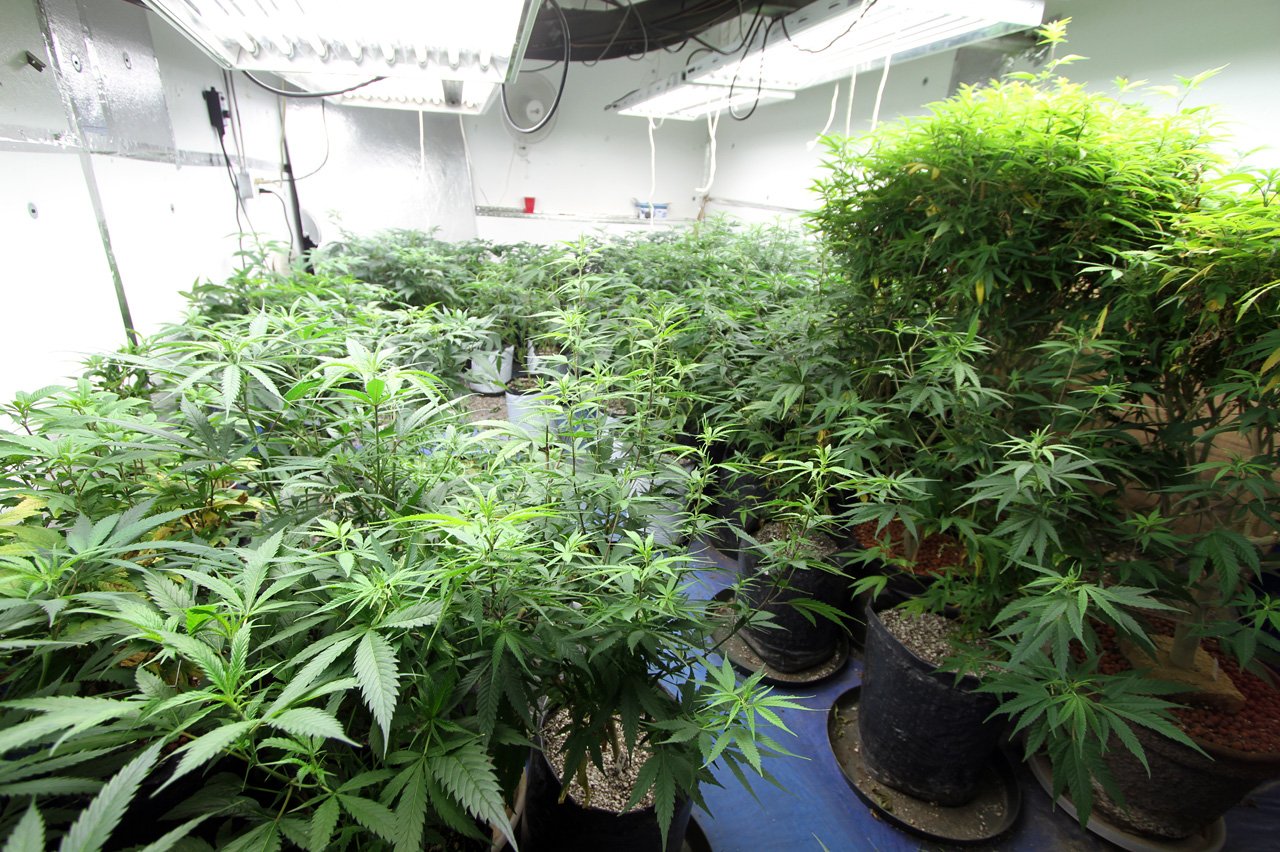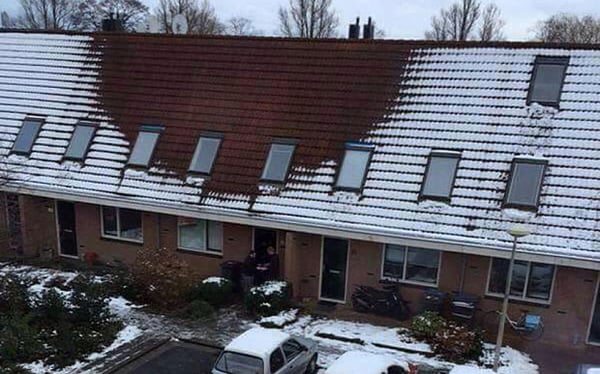
The news this week saw major developments in the energy storage industry, starring AEE member company Invenergy. But when it comes to news to know, it’s hard to beat the latest dispatches on Pot Power and the unanticipated problem it presents to utilities in states where marijuana has been legalized: how to keep the lights on when those lights are growing weed.
Invenergy, an industry leader in natural gas and renewable energy generation, this week brought its Beech Ridge energy storage project online in West Virginia. The 31.5 MW array, which was developed in conjunction with PJM Interconnection, is paired with the company’s 100.5 MW wind farm in West Virginia. This isn’t Invenergy’s first wind-plus-storage project. A sister project, the 31.5 MW Grand Ridge storage facility, was brought online earlier this year in Illinois, near a 210 MW wind project and a 20 MW solar array. PJM now has nearly 200 MW of storage for frequency regulation, making it an industry leader in energy storage.
The energy storage market has taken off this year, in some cases transforming the grid from its traditional “hub-and-spoke” model to a more agile system that doesn’t quite have a set metaphoric descriptor yet. Some are calling it a “nodes-and-connections” model, acting like the Internet: allowing energy consumers and producers to both “download and upload” electricity to the grid. Others prefer to think of it using another Internet metaphor – as a “cloud,” which, according to a paper from Navigant Research earlier this year, “represents a transition from one-way power flow to a dynamic network of networks supporting two-way energy flows at the periphery of the grid.”
What everyone can agree on is that the energy storage market is in a process of transition, from a large infrastructure market focused on pumped hydro to a high technology market. With this year’s focus on the development and manufacture of advanced batteries, both in Tesla’s gigafactories and beyond, the grid is becoming a piece of dynamic infrastructure rather than an inflexible and static series of wires.
This sort of dynamism might help with the latest problem facing some utilities: pot power. As several states have begun to legalize recreational marijuana, utilities are running into an all too sober nightmare. Growing marijuana plants requires electricity – a lot of it. Just check out this image from a grow house in the Netherlands, which was busted for illegal marijuana cultivation because the lamps were so hot they melted the snow off the roof.

Image courtesy of @poldelft via Twitter
It’s happening in the U.S. as well. According to Utility Dive, a stunning 45% of Denver’s growth in energy demand comes from the city’s newest growth industry – marijuana.
Seattle, Washington is bracing itself to feel the burn as well. More than 100 pending applications for legal grow houses in Washington State could raise demand for electricity as much as three percent. Seattle City & Light, the utility set to bear the brunt of the pot power push is getting ready.
“In the theoretical sense, it could cause outages. The main issue is just stressing the wires that supply the area so we would have to add capacity,” Seattle City Light spokesman Roberto Bonaccorso told the KOMO News.
In Portland, it’s more than just a theoretical. Marijuana is actually causing blackouts (and we’re not talking psychologically about losing consciousness). According to the Oregonian, Pacific Power customers have been hit with seven outages from grow house power consumption already, leaving hundreds without power as transformers were replaced.
In the grand scheme of power outages, “Seven is not a lot,” said utility spokesman Tom Gauntt. “But we want to nip this in the bud.” So to speak.
According to Gauntt, a four-plant grow house with standard lighting is like plugging in 29 extra refrigerators. Gauntt’s advice to potential growers: hire a licensed electrician. And inform the utility.
This marks a little bit of a change from prior policies. Utilities in areas where marijuana is legal face a major dilemma: in the eyes of federal regulators, marijuana is still illegal. Earlier this year, E&E News published a feature about utilities becoming “deeply worried” about offering rebates to the marijuana industry to encourage conservation in fear of violating federal drug laws. Instead, utilities had to plan “in stealth” for what is, in every sense of the word, a growth industry.
Like a teacher ignoring that scent of incense in the hallways, utilities initially tried not to ask too many questions. “They’re still supplying the power but it’s sort of a ‘don’t ask, don’t tell’ approach,” said Bryan Jungers, a research analyst at Manifest Mind, an advisory firm that focuses on sustainability and clean technologies.
These days, though, both the industry and regulators are asking. At last week’s 127th Annual NARUC Meeting, the final session was entitled “The Straight Dope on Energy & the Marijuana Industry (Don't laugh, it could be coming to your State soon!)” -- parenthetical included. Gavin Bade, a reporter for Utility Dive, live tweeted the session: “Why do we care about pot?” Bade reported Washington, D.C., Commissioner Willie Phillips responding, “Cultivation has become perhaps the most energy-intensive crop in the U.S.” Phillips said legal pot could be a $35 billion a year industry, and “a third of that is related to energy consumption.”
That’s not true for everyone. Colorado’s Xcel Energy still doesn’t want to know. “We have no plans to offer tips to marijuana growers on how to grow best and most efficiently,” Alice Jackson, vice president for rates and regulatory affairs at Xcel's Colorado subsidiary, said during the panel. And that’s even with an annual demand growth of 300 GWh just from growth facilities.
To be blunt, that’s a huge opportunity for shaving peak demand that might just be going up in smoke.
Read AEE's new report, “Peak Demand Reduction Strategy,” which shows that states that implement peak demand programs can significantly reduce costs for customers, strengthen reliability of electric service, and even prevent pot-related outages.
